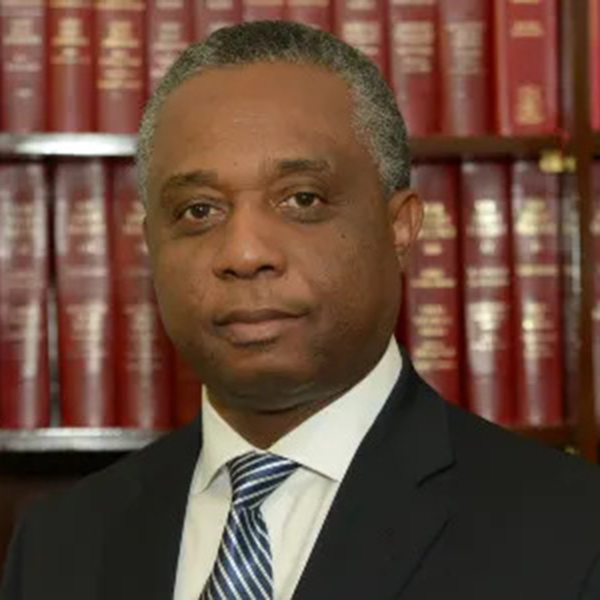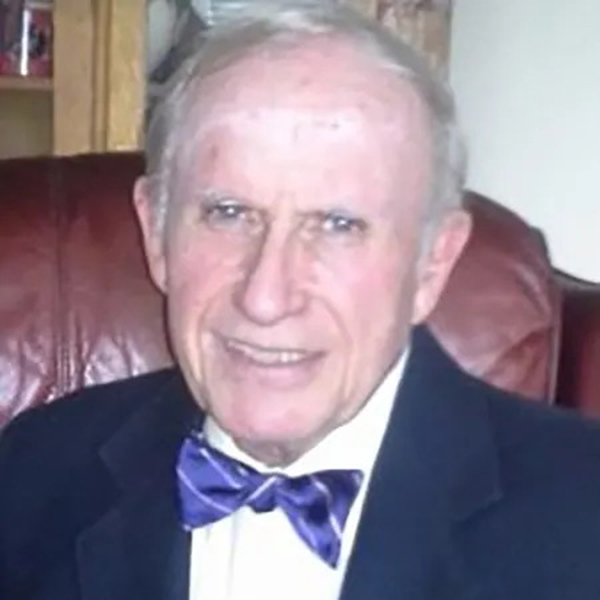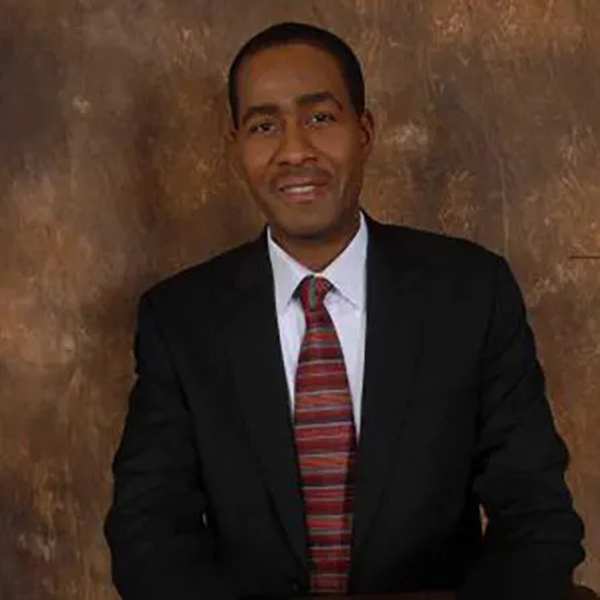Experienced Patent Attorneys Defend You
Accomplished Law Firm Protecting Inventors and Businesses from Infringement Claims
An inventor has the right to reap the rewards resulting from a new idea. If you have created an invention or improvement, obtaining a patent provides you with vital protections to exclusive use and benefits derived from your design. Many companies use patent law to try to stifle competition and innovation by bringing claims against anyone who creates a competing product. CoffyLaw, LLC helps inventors and businesses defend themselves when they have been accused of infringing on someone else’s patent.
Understanding Types of Patents
Patents are grouped into three classifications depending upon their form. Our attorneys have the knowledge to help you in claims involving:
- Utility patents — Including machines, chemical formulas, compounds, and manufactured goods
- Design patents — Original, ornamental design for a manufactured product
- Plant patents — A new variety of plant
On September 16, 2011, the Leahy-Smith America Invents Act commonly referred to as “AIA” was enacted into law (P.L. 112-29). President Barack Obama signed the AIA, which represented more than eight (8) years of considerable effort to modernize the U.S. patent system. The law represents the most significant change to the U.S. patent system since 1952. The U.S. patent system went from “First to Invent” to “First Inventor to File” regime among other changes. Thus, the law ushered in a new era in the U.S. patent system. The law implements policies long overdue. For example, during the House floor debate, reference was made to issues affecting the patent system, e.g., “[a] major contributing factor to the problem of abusive patent litigation is the issuance of ambiguous or poor quality patents,” “an overburdened and lethargic patent system…..,” “quality patents should be issued in the first place…” As a result, amendments aimed at strengthening the patent examination process were instituted. One such amendment is the “pre-issuance submission.” The text reads as follows: “Any third party may submit any publication of potential relevance to a patent application….” The examiner determines whether or not the prior art can be used to reject an application. This device provides an avenue “to educate the reviewer” about the existence of potentially relevant prior art that may be used in the examination process. Hopefully, such public interaction with the patent system will eventually lead to quality patents being issued. Potential Prior Art is identified pursuant to 35 U.S.C. §102(a). There are only two subsections of the AIA that identify potential prior art namely, 102(a)(1); and 102(a)(2). 35 U.S.C. §102(a)(1) is for public disclosures that have a public availability date before the effective filing date of the claimed invention, and 35 U.S.C. §102(a)(2) is for issued or published U.S. patent documents that are by another and that have an effectively filed date that is before the effective filing date of the claimed invention. The availability of disclosure as prior art under 102(a)(1) or 102(a)(2) depends upon the effective filing date of the claimed invention. The AIA provides that a foreign priority date can be the effective filing date of a claimed invention. The foreign priority date is treated as the effective filing date of the claimed invention if: (1) the foreign application supports the claimed invention under 112(a), AND the applicant has perfected the right of priority by providing a certified copy of the priority application and a translation of the priority application if the application was not originally filed in English. There are exceptions to the above-identified relevant prior art. These exceptions are defined by 35 U.S.C.§102(b)(1) and 35 U.S.C.§102(b)(2). The inventor is afforded a grace period for disclosures made before the application was filed and a third party is also afforded a grace period for intervening disclosure. Other exceptions include disclosure obtained from an inventor, intervening disclosure by a third party, and commonly owned disclosures. For comments and/or questions, please contact
We work hard to defend you or your business against claims of infringement regardless of the type of patent involved.
Conducting Patent Research
To qualify for patent protection, an invention or improvement must be:
- Novel — Not previously known
- Non-obvious — Not a form that an artisan of ordinary skill in the art could identify
- Useful — Has a function, a utility
Subject Matter Not Eligible for Patenting Includes:
- Naturally occurring phenomena
- Laws of nature
- Abstract ideas
- Atomic weapons
- Inventions used for illegal purposes
- Human organisms
- Tax strategies
Our attorneys meticulously review your invention and the patent holder’s invention to determine whether your creation violates their patent.
Defending Your Rights
If another person or company attempts to bring a claim for patent infringement, we work to prove that the plaintiff’s patent is invalid. This can be done by proving that their invention was not novel, that the claims in the patent were obvious, or that they waited too long to file after disclosing or selling the invention. Our attorneys may also use other defenses such as patent misuse, inequitable conduct, or estoppel.
Contact Our Meticulous Clifton Patent Dispute Defense Attorneys
Call CoffyLaw, LLC, or contact us online to schedule a consultation at our Clifton, New Jersey office.





